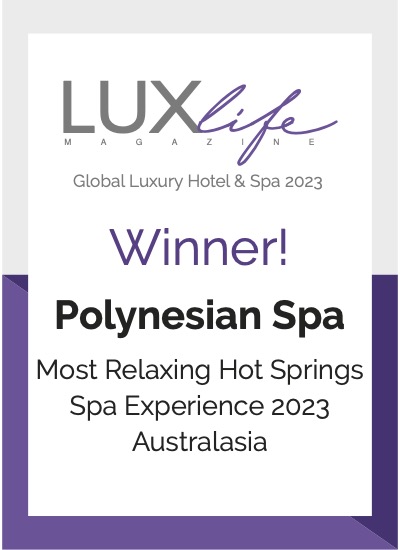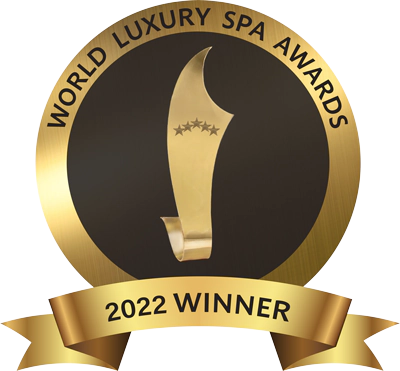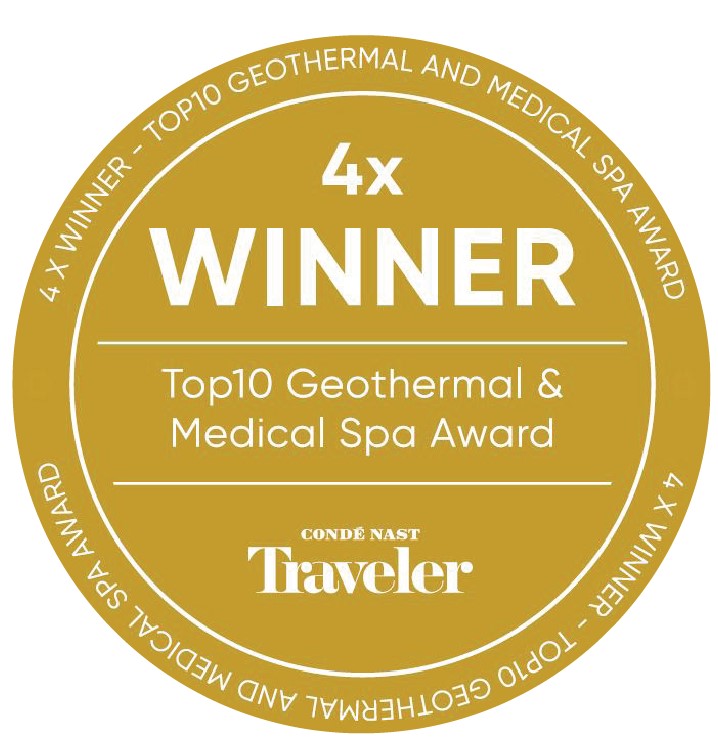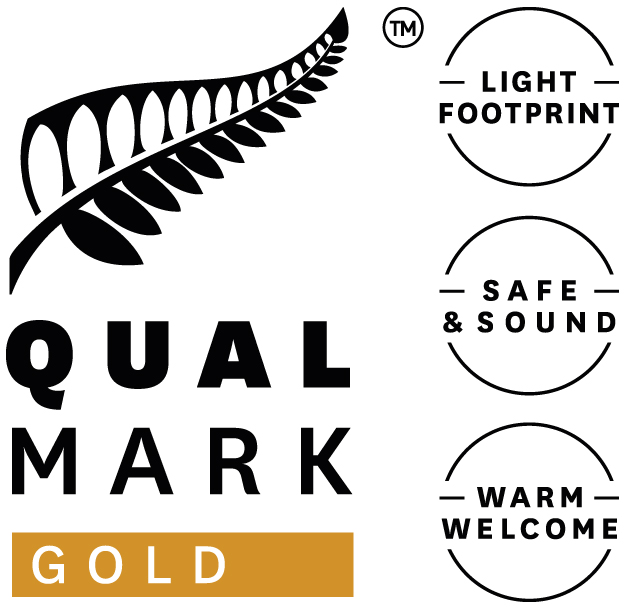Spa History
Built on the site of historic bath houses, Polynesian Spa has been an icon in Rotorua since it was established in 1972.
Read MoreThe therapeutic waters in the 28 hot pools at Polynesian Spa come from two different natural springs:
• The Priest Spring is named after Father Mahoney, a Catholic Priest who was ‘cured’ of his crippling arthritis from bathing in the waters in 1878. The slightly acidic water from the Priest Spring relieves tired muscles, aches and pains.
• The Rachel Spring is a source of alkaline water, which features the antiseptic action of sodium silicate nourishing the skin. It was historically said that those who bathe in the waters of the Rachel Spring are blessed with ageless beauty
The combination of these two types of mineral waters is only found at Polynesian Spa.
Rotorua is part of the Taupo Volcanic Zone, a geothermal field extending from White Island off the Bay of Plenty Coast to Mt Ruapehu far to the south.
Geothermal features in the region include volcanic crater lakes, spouting geysers, bubbling mud pools, hissing fumaroles, colourful sinter terraces, hot waters and much more which has drawn visitors since the 1800s.
There are few places in the world where geothermal phenomena of such intensity, is as extensive and easily seen as here in Rotorua. To those in the past who had none of the science or technology that we have today, this bounty of nature was regarded as a gift from the gods.
The earliest legends speak of a man named Ngatoroirangi, a tohunga (priest) who guided the Te Arawa canoe to this country. Exploring the area, he climbed one of the central North Island mountains, Tongariro. At its snowy peak, he nearly died – so he called on his sisters far off in Hawaiki who sent the fire demons to go to their brother’s aid. In every place the fire demons surfaced on the way, they left a steaming, bubbling trail of thermal activity in their wake, till they reached and revived him. He named the mountain Tongariro to commemorate the cold south wind that almost killed him. And so it is that volcanic and thermal activity came to the region and Rotorua’s Te Arawa tribe became its guardian. Source: Te Whakarewarewa by Don Stafford. To experience this Rotorua legend, go see the Rotorua stories movie at the Rotorua Museum.
• The Maori people consider themselves guardians of the geothermal resource. Every one of the hot mineral springs that bubble up in Rotorua is known and named by Maori.
• The waters are known as Waiariki, itself a term of high honour. It means water of the gods although it is interpreted as hot spring. These waters are also regarded by Maori as treasures – taonga.
• To find out more visit this geothermal history information at RotoruaNZ.com
Built on the site of historic bath houses, Polynesian Spa has been an icon in Rotorua since it was established in 1972.
Read MoreDiscover our range of spa and skincare products, swimwear, towels, home wear, linen and baby items.
READ MORERotorua is part of the Taupo Volcanic Zone and has drawn visitors to the geothermal wonders since the 1800s.
Read MoreFind out what very special deals are available to Rotorua Residents.
Find Out MoreFind out more about Polynesian Spa’s Retreat including etiquette and terms and conditions.
READ MORE
World Luxury Spa Awards: 2023 Winner of Best Luxury Hot Springs, Best Luxury Lakeside

Spa, Best Luxury Mineral Springs Spa for Australsia & Oceania

Lux Life Winner for Most Relaxing Hot Springs Experience 2023 Australasia

Top10 Geothermal and Medical Spa Awards: Winner four times

Luxury Travel Guides Spa of the Year: Winner two times